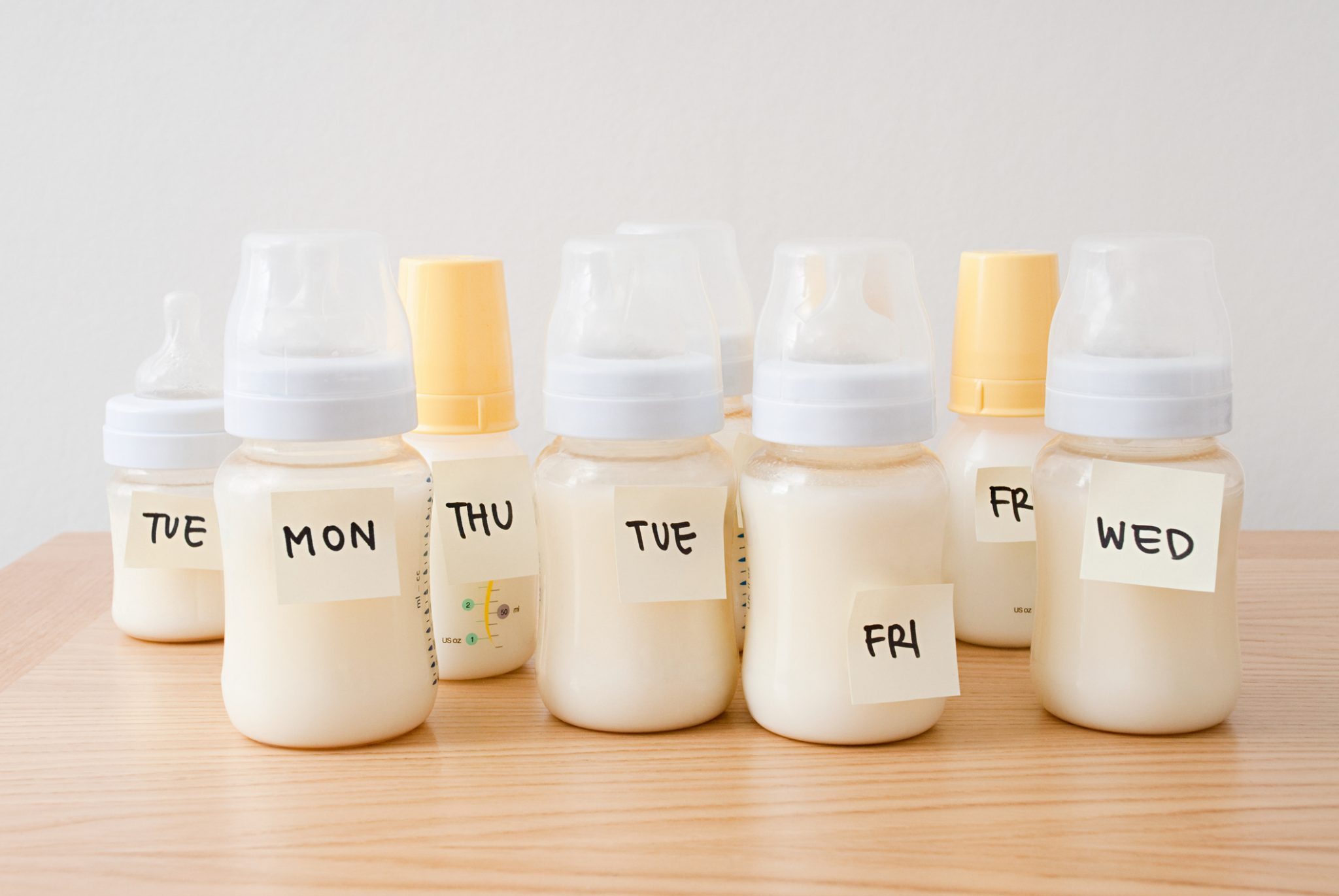Health

The American Academy of Pediatrics recommends that babies be exclusively breastfed for the first six months of life, continuing for at least one year with the addition of solid foods. Caregivers play a vital role in helping mothers meet their breastfeeding goals. Following are ways caregivers can support her:
Encourage Breastfeeding
Frequent breastfeeding helps a mother maintain her breast milk supply. Many mothers want to breastfeed their babies just before leaving them with you and as soon as they return.
Offer Support
- Make it clear that breastfeeding is welcome and encouraged.
- Offer a private area for nursing.
- Provide a comfortable place for moms to sit and nurse.
- If baby seems hungry and his or her mother is scheduled to arrive soon, feed only a small amount of milk. Discuss this when setting up the child’s feeding plan.
Store and Handle Milk with Care
- Communication is key! Let mother know if baby regularly takes less milk than is in the containers she provides.
- Follow milk storage guidelines.
- Warm milk to feeding temperature (no more than 98.6 degrees F) by placing it in a container of lukewarm water. Never heat the milk higher than body temperature.
- Never place breast milk in a microwave.
- Swirl milk gently to mix layers. Breast milk has a cream layer that will rise to the top of the container. This is normal.
Avoid Overfeeding
- Most breastfed babies take smaller, more frequent feedings than babies that are fed formula. For a baby older than one month, an intake of 3 to 4 ounces of expressed breast milk per feeding is average.
- Feed on hunger cues rather than on a time schedule. Be familiar with baby’s hunger cues. Rooting, hand- to-mouth activity, and sticking the tongue out are common cues meaning it’s time to feed. It is common for breastfed babies to feed more often during some parts of the day than others.
- Feed slowly following the paced bottle feeding method.
- Paced feeding puts the baby in control of the feeding and makes it similar to feeding at the breast. This helps prevent overfeeding.
- Expect feeding to last about 10 to 20 minutes.
- Hold baby nearly upright or semi-upright. Always hold baby, and never prop the bottle.
- Hold bottle nearly horizontal during the feeding to ensure that the flow of milk isn’t too fast.
- Allow baby to draw the nipple into his/her mouth. Rub the nipple against baby’s lips, asking baby to open his/her mouth wide and take the nipple. Try not to place or force the nipple directly into baby’s mouth.
- Let baby control the feeding pace. Allow baby to take breaks when needed. Babies often take 10 to 20 minutes or even longer to breastfeed, and they take natural pauses.
- Encourage pauses often. Listen to baby and if baby does not take breaks, lower the bottle after a few sucks and wait for baby to begin sucking again before tilting the bottle back up.
- Watch for fullness cues. If baby is giving cues of being done—even if baby has not finished all the milk in the bottle—do not try to continue feeding.
- Discuss the bottle nipple with mother. Usually a slow-flow nipple with a medium to wide base is best for breastfeeding babies.
Know Breastfeeding Norms
- Stools of a breastfed baby are usually mustard yellow in color and semiliquid. They may contain lumps. Newborns may stool with each feeding. For several days, older infants may go without a stool, which can be a normal pattern. Discuss any changes with the baby’s parents.
- Breast milk can be different in color. It is normal for breast milk to have a tint of yellow, blue, or green.
- The more milk removed from the breasts, the more milk will be produced.
- It is important to discuss baby’s normal patterns, habits, and cues with parents to better support both mother and baby.
By supporting breastfeeding in these ways, you can provide great quality of care for the breastfed baby while also supporting the mother and helping her reach her breastfeeding goals.
Download a PDF of For the Caregiver of a Breastfed Baby, FCS – 2308.




